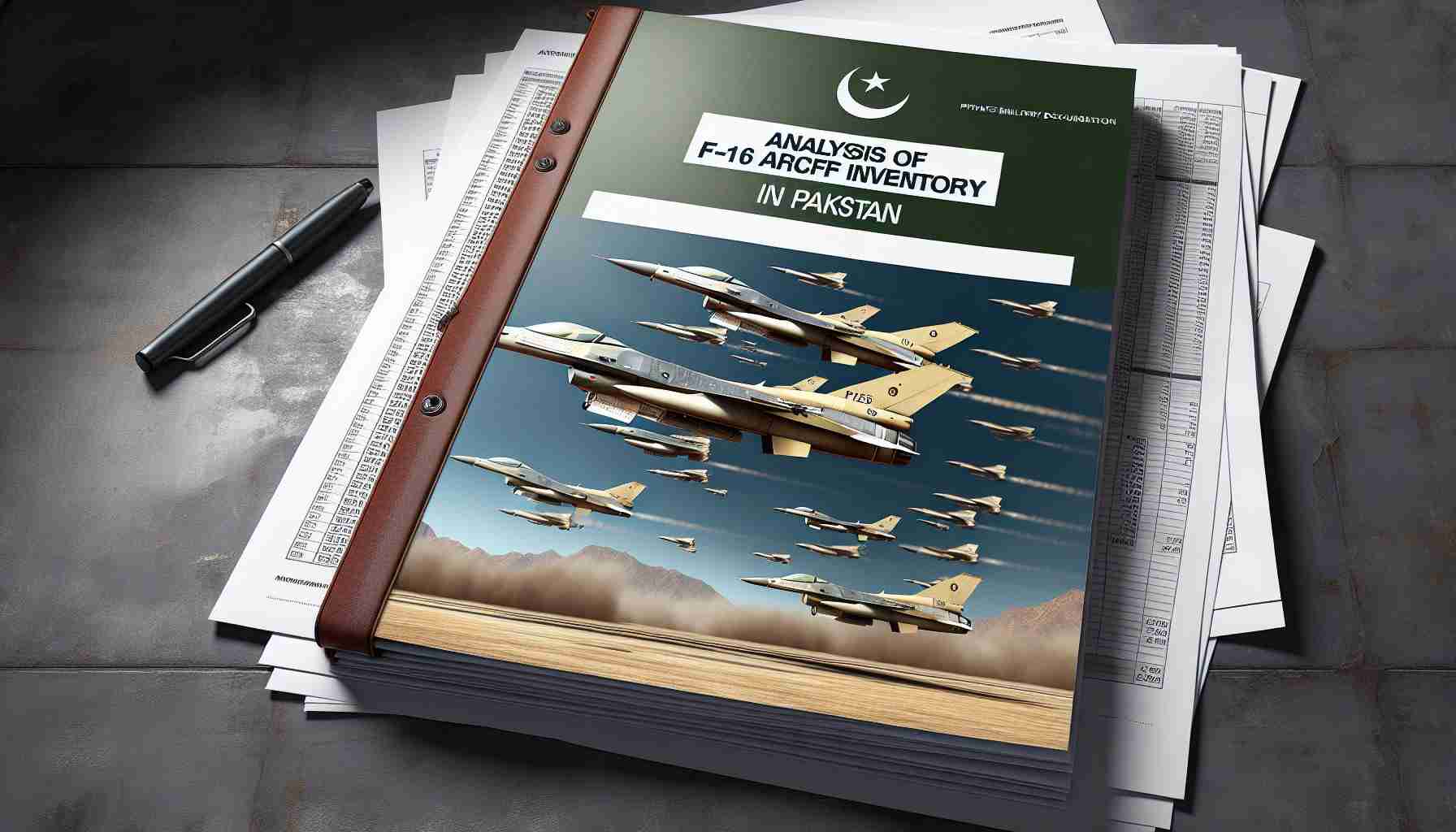The F-16 Fighting Falcon, a multirole jet fighter developed by General Dynamics for the United States Air Force, has been a key component of Pakistan’s air defense strategy for several decades. As of 2023, Pakistan is known to possess around 85 F-16 aircraft in its fleet. These jets are distributed across various squadrons in the Pakistan Air Force (PAF), playing a crucial role in maintaining air superiority in the region.
Pakistan first acquired F-16s from the United States in the early 1980s, taking delivery of 40 aircraft during that decade. These jets were primarily used for air defense and offensive operations, significantly enhancing the capabilities of the PAF. However, the acquisition process has been complex, marked by various geopolitical considerations and fluctuations in US-Pakistan relations.
In the early 2000s, following improved diplomatic ties, Pakistan received additional F-16s, including upgraded versions with advanced avionics and weaponry. The F-16s that Pakistan operates come in different configurations, mainly comprising the A/B and C/D models. Over the years, these aircraft have undergone several upgrades to enhance their operational effectiveness.
Regular maintenance and periodic upgrades ensure that Pakistan’s F-16 fleet remains combat-ready and capable of matching modern-day air combat demands. The continued strategic importance of these aircraft underscores their critical role in Pakistan’s defensive capabilities. As regional tensions ebb and flow, the F-16s stand as a potent deterrent and a symbol of Pakistan’s commitment to securing its national airspace.
The High Stakes of F-16s: Beyond Pakistan’s Skies
Pakistan’s reliance on the F-16 Fighting Falcon aircraft extends beyond mere defense; it is a testament to the strategic military alliances and contentious geopolitical narratives that shape South Asian stability. While Pakistan boasts approximately 85 F-16s, their existence hinges on intricate diplomatic ties with the United States and the broader geopolitical landscape.
Why Are F-16s Crucial for Pakistan?
Beyond providing air superiority, these jets symbolize technological advancement and military prestige. The F-16s have catalyzed debates around arms races in South Asia, as neighboring countries perceive them as provocations or power shifts. For many Pakistani communities, these aircraft are seen as a shield against both conventional and non-traditional threats, reinforcing national security.
Controversies and Diplomatic Tensions
One significant controversy surrounds the acquisition of these jets. US foreign policy has at times wavered, impacting delivery and upgrade processes due to concerns over nuclear proliferation and regional stability. Contingent on diplomatic relations, US support for Pakistan’s F-16 program faces scrutiny over possible use in conflicts.
The Balance of Advantages and Disadvantages
While the F-16s bolster Pakistan’s military prowess, they also pose economic dilemmas, given the high costs of upgrades and dependency on US technical support. This reliance can strain Pakistan’s resources and autonomy over its defense mechanisms.
Exploring Further
For more insights, explore the strategic implications of F-16s in regional conflicts, see Global Security and Janes. These platforms delve into nuanced military dynamics and provide broader context on defense strategies.






















